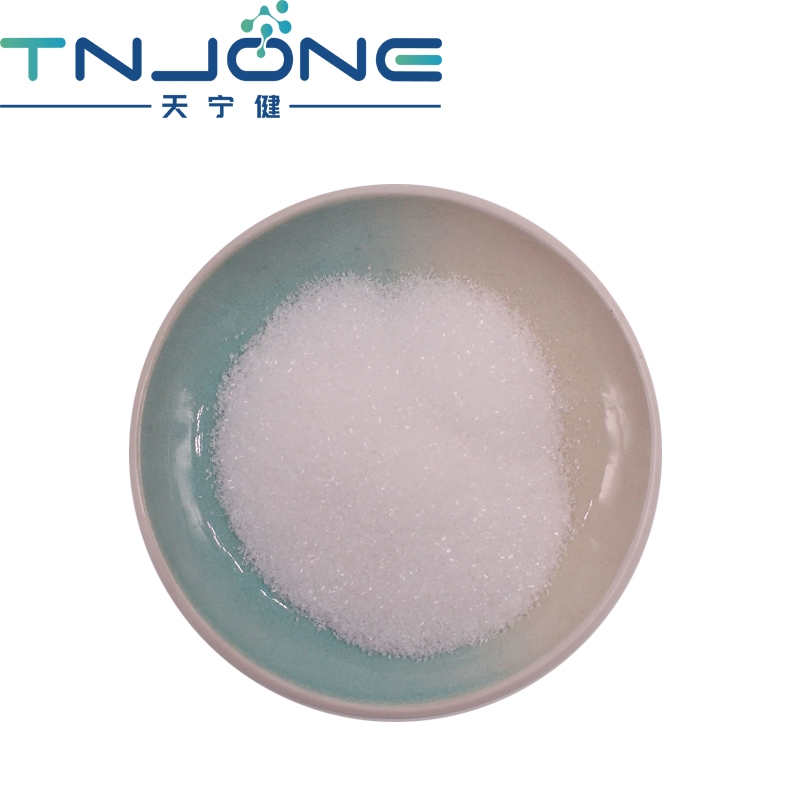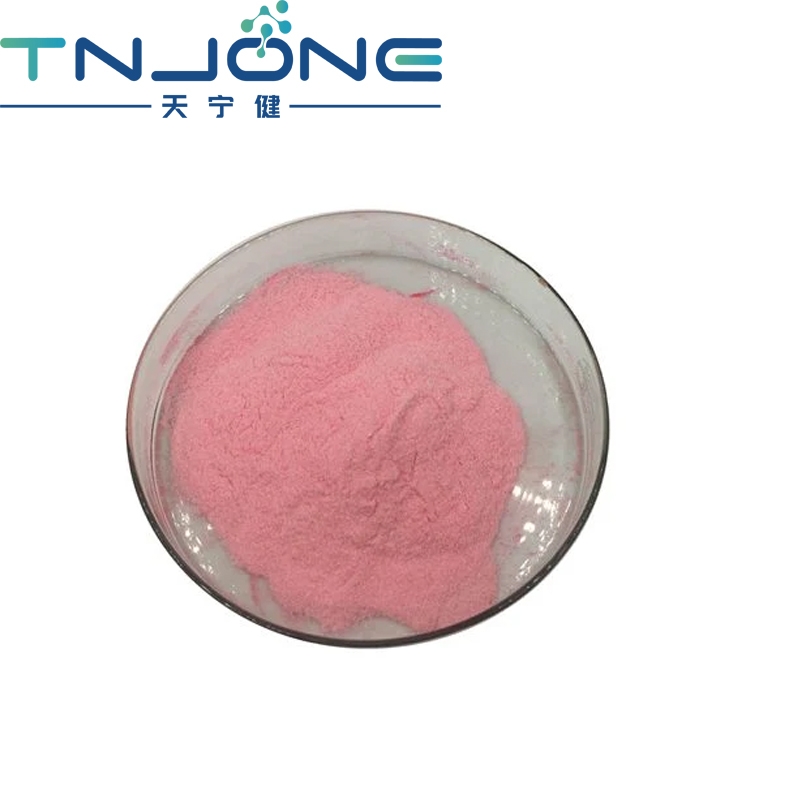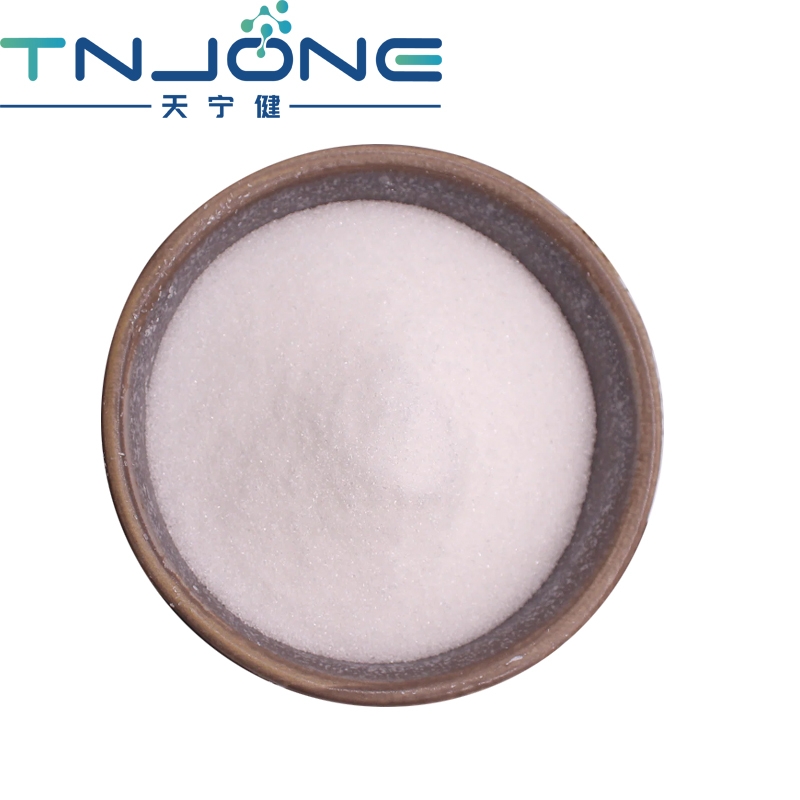-
Categories
-
Pharmaceutical Intermediates
-
Active Pharmaceutical Ingredients
-
Food Additives
- Industrial Coatings
- Agrochemicals
- Dyes and Pigments
- Surfactant
- Flavors and Fragrances
- Chemical Reagents
- Catalyst and Auxiliary
- Natural Products
- Inorganic Chemistry
-
Organic Chemistry
-
Biochemical Engineering
- Analytical Chemistry
-
Cosmetic Ingredient
- Water Treatment Chemical
-
Pharmaceutical Intermediates
Promotion
ECHEMI Mall
Wholesale
Weekly Price
Exhibition
News
-
Trade Service
| Refused to Depression Scientists Analyze the Receptor Structure of "Happy Neurotransmitter" |
Are you depressed today?
In modern society, depression has become a major "killer.
With the help of structural biology research "artifact"-cryo-electron microscope, scientists are gradually uncovering the layers of fog surrounding depression from the molecular level.
On March 25th, Beijing time, "Nature" published a new research result of Chinese scientists, which reported for the first time in the world the five near-atomic resolution structures of serotonin receptors, an important target for depression.
Deciphering the "Happy Neurotransmitter" Receptor
Deciphering the "Happy Neurotransmitter" ReceptorSerotonin is a neurotransmitter that can make people feel happy.
Therefore, the serotonin receptor has become an important target of antidepressants and has been extensively studied.
To this end, the team of researchers Xu Huaqiang and Jiang Yi from the Shanghai Institute of Materia Medica of the Chinese Academy of Sciences, together with Zhejiang University professor Zhang Yan’s team, used single-particle cryo-electron microscopy to analyze the different binding of three serotonin (5-HT) receptors for the first time.
Chinese Academy of Sciences Chinese Academy of Sciences Chinese Academy of Sciences
Three kinds of serotonin receptor binding different ligands cryo-EM structure CAS Shanghai drugs for FIG.
Three kinds of serotonin receptor binding different ligands cryo-EM structure CAS Shanghai drugs contributor CAS CAS CAS
Xu Peiyu, the first author of the paper, told the Chinese Journal of Science that these three receptors belong to the 5-HT1 subfamily and are important targets for the treatment of mental diseases.
"Nature" reviewers believe that the pan-agonistic effect of serotonin and the selectivity of ligands are interesting scientific issues that are closely related to a broad range of readers.
It is reported that the research on the structure of serotonin receptors is fiercely competitive in the world.
Xu Huaqiang said that this work has improved the receptor structure of the 5-HT1 subfamily, but there are still many issues that need to be explored for the huge serotonin receptor family.
Point out new directions for drug development
Point out new directions for drug developmentAripiprazole is a first-line drug used clinically for the treatment of mental illness, and it is also one of the most successful treatments for schizophrenia and depression.
It is worth noting that aripiprazole works by directly binding serotonin, but the structure of its effect on the receptor has been unknown.
"It is the first time from our structure to see how aripiprazole interacts with the receptor.
In addition, researchers also discovered that the phospholipid molecule PI4P can bind to the interaction interface between the 5-HT1A receptor and the G protein; cholesterol molecules are also directly involved in the activation of the receptor and can regulate the binding of aripiprazole to the receptor.
Pu Muming, academician of the Chinese Academy of Sciences and the academic director of the Center for Excellence in Brain Science and Intelligent Technology of the Chinese Academy of Sciences,pointed out to the China Science Daily that this research has several major contributions: it has done a more comprehensive study of several modulatory receptors that are directly related to mental diseases.
Chinese Academy of Sciences Chinese Academy of Sciences Chinese Academy of Sciences Chinese Academy ofSciences Chinese Academy of Sciences
Pu Muming specifically pointed out that the most important contribution of the study is to point out that an inositol phospholipid molecule related to the intracellular signal transduction of the G protein receptor can directly bind to the serotonin receptor and activate it, which is an intracellular signal to the receptor.
The positive feedback regulation provides a possible mechanism.
"This work did not discuss this feedback path, because it is a problem of cell biology, which also shows that structural biology can point out new directions that cell biology can explore from structural analysis.
" Pu Muming said.
Cryo-electron microscopy makes new achievements
Cryo-electron microscopy makes new achievements In 2017, three scientists won the Nobel Prize in Chemistry for their outstanding contributions to cryo-electron microscopy technology.
Because cryo-electron microscopy has had a revolutionary impact on the field of biology, the chemistry prize is jokingly called: the Nobel Prize in Chemistry issued to physicists, which ultimately helped biologists.
Cryo-electron microscopy is a combination of low-temperature freezing of samples and electron microscopy.
The rapid freezing method avoids the crystallization process that easily destroys the quality and structure of the sample.
Then, when placed in the electron microscope, the spatial structure of biological macromolecules such as proteins can be resolved.
This time, Chinese scientists used cryo-electron microscopy to see the fine structure of serotonin receptors, with an overall resolution of about 3 angstroms, or 3×10 -10 meters.
Especially in the vicinity of the "pocket" where the receptor and the drug molecule bind, the resolution can reach 2.
5 to 2.
7 angstroms.
Xu Peiyu said that this resolution is in a leading position in similar research.
"From the freezing of protein samples to stability and homogeneity, each step in the experiment will affect the resolution.
Only by ensuring that each step is optimal can we obtain high resolution.
Resolution.
"
For example, in the process of freezing samples, the thickness of the ice layer on which the protein particles are placed has a greater impact on the resolution.
A large thickness has a low resolution, and a small thickness can easily be broken down by electrons.
It must be repeatedly adjusted for different samples.
During this process, Zhang Yan's rich research experience in GPCR (G protein coupled receptor) electron microscopy research provided a key breakthrough for the structural analysis of the complex.
Of the 17 subtypes of the human serotonin receptor family, 12 are GPCRs.
Xu Peiyu said that in human GPCRs, there are still a large number of potential drug targets.
Therefore, this field is currently a very hot research and development direction, and it is also a hot spot for competition among major pharmaceutical companies.
It is reported that the project started in the first half of 2018 and the first structure was analyzed in September 2018.
In order to obtain a higher resolution structure, the research team has been optimizing the experiment until the second half of 2020 to obtain satisfactory data.
(Source: China Science News Chen Huanhuan)
Related paper information: doi.
org/10.
1038/s41586-021-03376-8" target="_blank">https://dx.
doi.
org/10.
1038/s41586-021-03376-8
org/10.
1038/s41586-021-03376-8" target="_blank">https://dx.
doi.
org/10.
1038/s41586-021-03376-8







